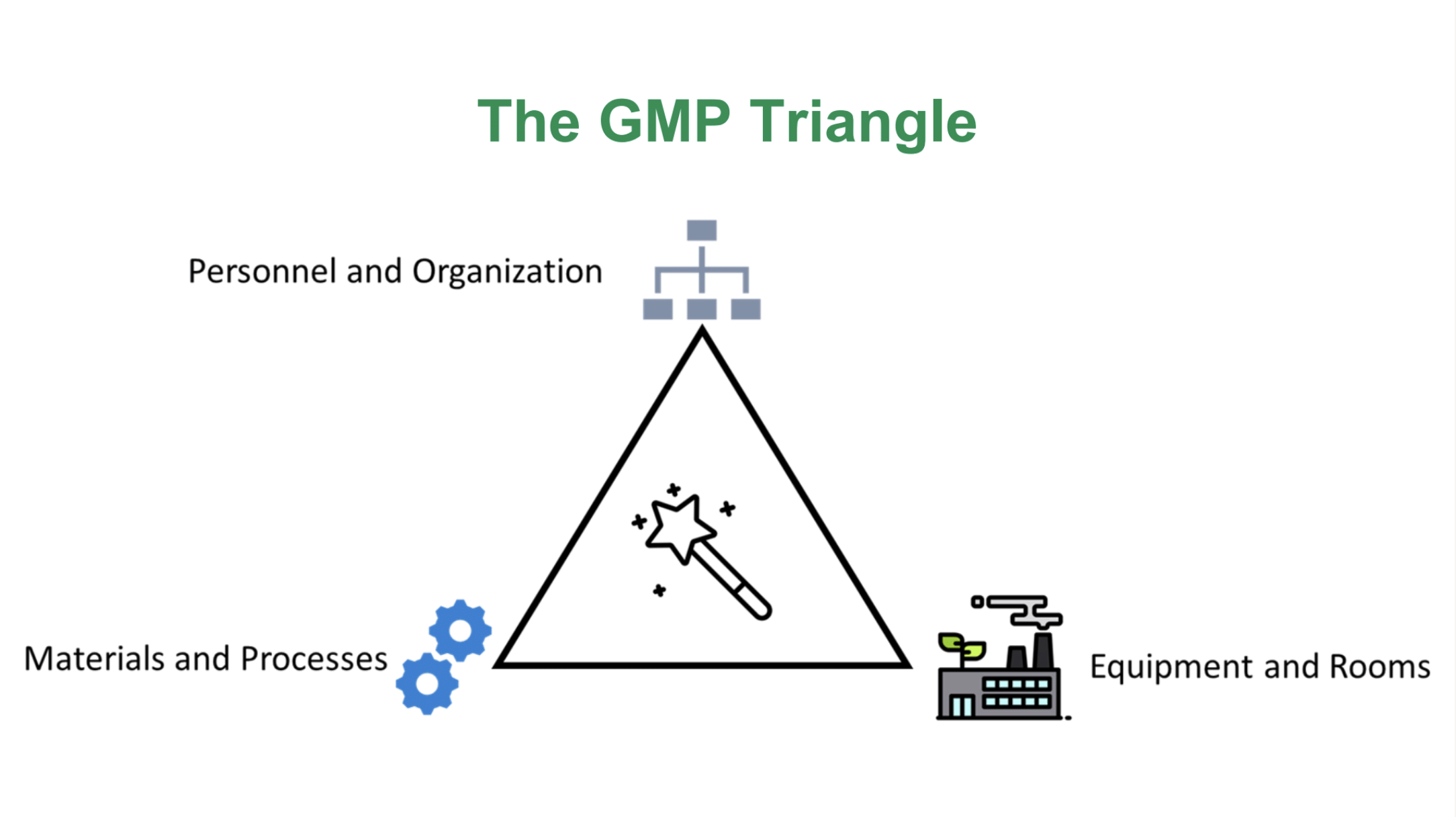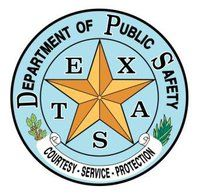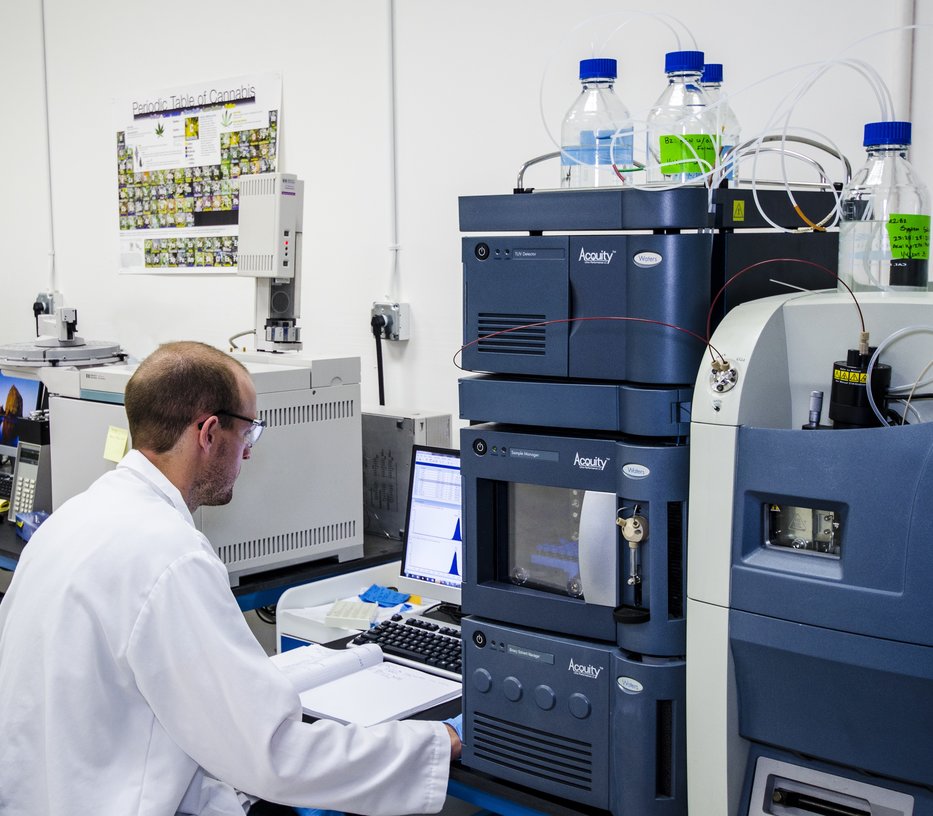If you’re a licensed cannabis operator and you don’t make peace with state and local inspectors visiting your facility, clipboard or tablet in hand, you’re in for a long and likely bumpy road. All kinds of authorities will want to inspect your cannabis operation and facility. There will be state regulatory inspections, inspections driven by insurance and banking partners, local code officials, OSHA, EPA, and more. On average, cannabis operators are visited one to two times each year for state inspections, one time for insurance purposes, and one time for banking purposes. Depending on the reason for the visit, cannabis operators can expect inspectors to be onsite for varying amounts of time — an hour if the inspection concerns insurance, banking, or local codes (electrical, mechanical, plumbing, fire suppression and alarm systems); depending on the license type, two to four hours for a preoperational inspection, and four hours when OSHA comes to call. If an inspector shows up unannounced in response to a complaint or possible violation, be prepared for a four- to eight-hour stay.
In this article, we will focus on how to prepare for the three types of state regulatory inspections: pre-operational, unannounced, and renewal. However, the basics of preparing for a state regulatory inspection apply to all inspections. To begin, let’s define the reason behind each type of state regulatory inspection and highlight the most common items you’ll need to provide/show the inspector.
Pre-operational
Every licensed operator must pass a state pre-operational inspection before opening for business. In most states, the regulator assigned to the licensee will provide instructions on what to expect and the requirements to pass the inspection. Preparing ahead of time and showing the inspector that you and your staff take compliance and safety seriously will go a long way toward making the inspection speedier and smoother, which of course means you can start making money sooner.
At a minimum, to pass your pre-operational inspection, you need to have an organized binder or software program with all required documentation. Depending on your state, you will likely need:
- Floor plans
- Training plans
- Standard operating procedures (SOPs) to:
- Track inventory to prevent diversion and inversion
- Store and display inventory
- Control access to areas where cannabis is displayed or stored
- Check IDs to prevent underage purchases
- Maintain a safe and sanitary facility
- Handle all facility operations
- Handle adverse events
- Security systems
- Alarms, surveillance cameras
- Safe and timely storage of video recordings
- Equipment maintenance procedures
- MSDS sheets for chemicals used during operations, if applicable
- Administrative requirements such as insurance policies, surety bonds, corporate documentation, management and other legal contracts
In addition to reviewing required documentation, the inspector will tour your facility to ensure submitted floor plans are accurate and the building, security equipment and controls, signage, lighting, and access control are all compliant, and your license is displayed in a readily visible location.
Surprise/Unannounced Inspection
If an inspector shows up unannounced to your cannabis facility, it’s likely in response to a tip of non-compliance or complaint(s) from a customer or neighboring business.
To prepare for the unexpected, it’s best to be organized. Set up compliant systems to manage your operations before you have a problem. Have an organized binder or software program with all required documentation to prove you are proactive and your operations are compliant.
Set up a system to track the following:
- Sales and inventory records
- Employee onboarding; training documentation
- Security equipment and system maintenance
- Opening and closing procedures
- Sanitation and safety for people and products
- Environmental impacts, odor mitigation
- Advertising, marketing campaigns
- Packaging and labeling procedures and protocols
- Mandatory testing results, product certificate of analysis (COAs)
- Chain of custody documentation
- Access control for employees, visitors, and to ensure underage individuals are not able to purchase cannabis or cannabis products
- Administrative requirements
Ask your regulatory representative if there is a checklist you can use to ensure your operations are compliant, so you’ll always be prepared — even for a surprise inspection.
Renewal Inspection
The purpose of a renewal inspection is threefold. They are designed to ensure:
- You’re doing what you said you’d do in your original license application.
- Your procedures remain compliant, and your recordkeeping is in order.
- You haven’t changed your facility or operations without first obtaining state approval.
License renewal applications are often time-consuming and challenging, especially if you haven’t set up a compliance system with an organized binder or software portal where information is readily available. To prepare for your renewal inspection, you’ll need everything listed in the pre-operational and surprise inspections as well as required annual reports such as your company’s diversity, community, and environmental impacts.
How to Prepare for All State Inspections
There are a few best practices that will help you impress your state inspector and ultimately avoid deficiency notices and fines. With a little preparation, you will feel confident and be able to greet your cannabis inspector with a smile and welcoming demeanor, which will set the tone for a pain-free inspection.
The first thing to do is to set up easily accessible and accurate recordkeeping systems as early in your business lifecycle as possible. Make sure facility managers or shift leads know where to find and how to share state-required documentation.
Ed Windbigler, Director of Internal Operations at Fawn River Cultivation Company in Michigan said, “I normally have all the administrative requirements pre-printed — visitor logs, color photos from 30 days earlier, background checks, SOPs, etc., all ready for the state inspector.”
The second is to maintain a clean and safe facility. Regularly walk through your facility and ensure that it, and all equipment in it, is clean, and that product is correctly displayed and stored. Ensure your license is displayed in a prominent location.
The third is to talk with your staff and let them know you prioritize compliance and an inspection is not a reason to panic. Appoint one person (or one in each area of the facility if your facility is large) to show the inspector around and respond to any questions or requests for information. Let your staff know what to expect. Make sure they know the regulations that apply to their position, where to find their department’s standard operating procedures, how to alert management if they witness a non-compliant activity or part of the facility, how to respond to a threat such as theft (co-worker or customer), altercation or aggressive behavior, fire, or natural disaster. Consider role-playing so employees can get comfortable with the types of questions an inspector may ask.
When asked how he prepares employees for an inspection, Windbigler, who has implemented a regular system of internal audits said, “We really don’t have our employees do anything differently. Our internal audits normally catch any issues early on.”
Fourth, walk through your facility with an eye toward security. Andy Shelley, former Oregon cannabis inspector and founder/CEO of CannXperts, a cannabis compliance consulting firm, suggests having an employee walk through the site while another monitors the surveillance. Adjust cameras or install additional cameras to cover blind spots. Check that surveillance recordings are stored in a manner that complies with state requirements. Ensure areas of the facility that contain cannabis or cannabis products are properly access-controlled. Check that facility visitor logs are complete and compliant with the regulations.
“I would say, consistently, the state inspectors will focus more attention on surveillance and security above everything else. You want to make sure those systems are rock solid. We train one or two onsite employees to check the systems daily and weekly and then we perform a complete compliance inspection on those systems during our audits,” said Shelley.
Jacob Lawson, Compliance Specialist, and Sarah Stalker, Director of Compliance at JARS in Arizona, said, “We focus equally on all aspects of compliance including but not limited to security, inventory, safety, and sanitation. We expect the state to always look at all aspects of compliance.”
And fifth, regularly audit your facility, staff, and operations to identify areas of weakness or non-compliance. Some states publish checklists that inspectors use when visiting a facility; if yours does, use it! Consultants and operational platforms often have their own checklists based on state rules and regulations. If you have an existing relationship, see if they have a resource you can use to prepare for your inspection.
Shelley advises, “Check everything, then double-check everything and then check it all again. There is no better way to test your compliance systems than having fresh eyes inspecting you a couple of times a year. We rotate our inspectors, so they aren’t going to the same facility twice in a row; so even we are putting fresh eyes on a client’s operations each time. Complacency can destroy an otherwise healthy company.”
Here’s to compliant cannabis facilities, and safe, life-changing cannabis and cannabis products. You’ve got this!
























 The Farm Bill also removed hemp from the Drug Enforcement Administration’s schedule of Controlled Substances and authorized states to submit plans to administer hemp programs, making sure to keep the THC of plants and products under 0.3%.
The Farm Bill also removed hemp from the Drug Enforcement Administration’s schedule of Controlled Substances and authorized states to submit plans to administer hemp programs, making sure to keep the THC of plants and products under 0.3%.


 Also in the Northeast,
Also in the Northeast, 

